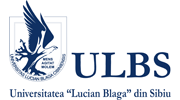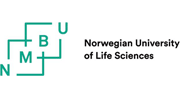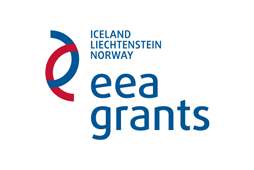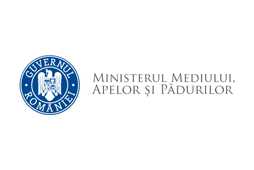Chlordecone
Traded as: GC 1189, Kepone, Merex
What is it? Organochlorinated insecticide classified as persistent organic pollutant (POP) and banned by the Stockholm Convention in 2009.
Use (purpose):
- Used as insecticide for tobacco, ornamental plants, banana trees, citrus trees.
- Used for chemical traps for ants and cockroaches.
Its structure and characteristics are very similar to Mirex'es.
Present status: Chlordecone is banned since 2009 from production, sale and use in the countries having ratified the Stockholm Convention.
In Romania: Chlordecone has not been used directly but it can be traced in plastic items, in rubber, in paint and wallpaper as well as in electrical appliances imported from countries where the product has been used in the period of 1959-1972.
Health effects:
- Acute effects: inhibition of sperm production, neurological problems (irritability, tremors, vision problems, headache).
- Chronic effects: prostate cancer, premature births, feminization in men (endocrine disruptor).
- Target organs: stomach, intestines, liver, kidney, eyes, thyroid gland, nervous system and reproductive system (especially in males). Carcinogenic in animals (kidney, liver, thyroid and adrenal glands cancer) and probable occupational carcinogenic in humans.
Exposure limit: 0.5 micrograms/kg body weight. It adsorbs through skin.
Contamination sources:
- Occupational: workers having manipulated this substance for a long period of time (more than a year) suffered adverse effects on the nervous system, the skin, the liver, the kidneys and the male reproductive system.
- Food: through food and products from contaminated animals (treated fodder and feed, drinking water), bananas, seafood or prawn from the French Antilles – Martinique – Dominican Republic - Haiti.
Useful links:







